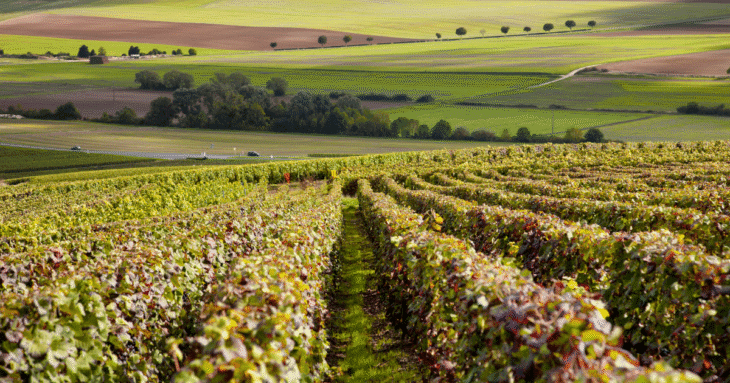Sparkling Wine Regions Around the World: The Ultimate Guide to Bubbly by Region
There’s a certain thrill that comes with the pop of a cork—the rush of bubbles escaping the bottle, the effervescence tickling the rim of a glass, and the promise of celebration lingering in the air. But as much as we adore the glamour of Champagne, sparkling wine is not a one-region wonder. From volcanic soils in Portugal to chalky cliffs in England, the world of sparkling wine is vast, diverse, and undeniably enchanting.
In this guide, we’re exploring the sparkling wine regions that breathe life into every bottle. With every swirl and sip, these places reveal their stories: of climate, of craftsmanship, and of culture. Let’s uncork their secrets and go deeper into what makes each bubbly so distinct.
Key Takeaways:
- Sparkling wine is crafted in regions all over the world using diverse methods and grape varieties, with iconic areas like Champagne, Franciacorta, and Cava setting the standard for tradition, quality, and regional identity
- Each sparkling wine region delivers distinct flavor profiles shaped by local climate, soil, and winemaking style—from England’s crisp minerality to California’s vibrant fruit and Tasmania’s cool-climate finesse
- Traditional-method sparkling wine offers fine bubbles and complexity while Charmat and ancestral methods create lighter, fruitier sparkling wines perfect for everyday enjoyment and cocktails
- Emerging sparkling wine regions like Brazil, Japan, and Canada are gaining global recognition by blending native grapes with innovative techniques and redefining the future of bubbly
- You can explore the world of sparkling wine without leaving home by hosting tastings, using tulip glasses to preserve aroma and bubbles, and pairing regional sparkling wines with complementary dishes
What Defines a Sparkling Wine Region?
Climate and terroir are everything. Most sparkling wine regions thrive in cooler climates, where grapes retain the acidity necessary for freshness and structure. Soil matters too—chalk, limestone, volcanic ash—all influence minerality and mouthfeel.
Then there’s the method. Sparkling wine can be made using:
- Traditional Method (Méthode Traditionnelle): Secondary fermentation happens in the bottle, creating fine, persistent bubbles and layered complexity.
- Charmat Method (Tank Method): Secondary fermentation occurs in pressurized tanks—perfect for light, fruity wines.
- Ancestral and Carbonation Methods: Less common but increasingly artisanal.
The grape varietals play a starring role. While Chardonnay, Pinot Noir, and Pinot Meunier dominate classic styles, regions worldwide experiment with local varieties, resulting in truly unique expressions. Think Baga in Portugal or Koshu in Japan.
Understanding these techniques and components is essential to appreciating the nuances between styles. And speaking of nuance, let’s explore the regions crafting the most captivating sparkling wines today.
Champagne (France): The Original Sparkling Wine Powerhouse
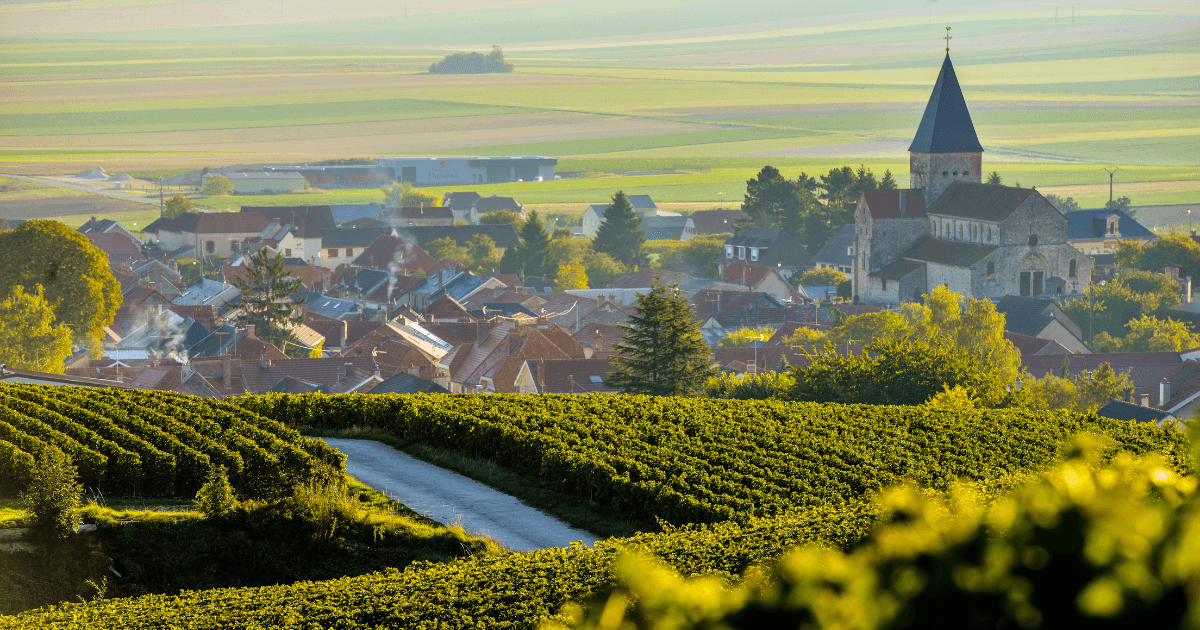
No region embodies prestige quite like Champagne. Nestled in northeastern France, it’s divided into distinct sub-regions: Montagne de Reims, Vallée de la Marne, Côte des Blancs, and Aube—each adding a unique fingerprint to the blend.
Chardonnay, Pinot Noir, and Pinot Meunier rule the vineyards, and their interplay—along with years of aging—brings Champagne its signature elegance. Grand Cru and Premier Cru designations mark the highest-quality villages.
Champagne isn’t just a drink. It’s an experience of toasty brioche, crisp citrus, and minerality that lingers like poetry.
Want to explore beyond the big houses? Look for grower Champagne, often marked “RM” (Récoltant-Manipulant) on the label. These are made by the same people who grow the grapes—think of it as Champagne’s artisan scene.
Franciacorta (Italy): Italy’s Closest Rival to Champagne
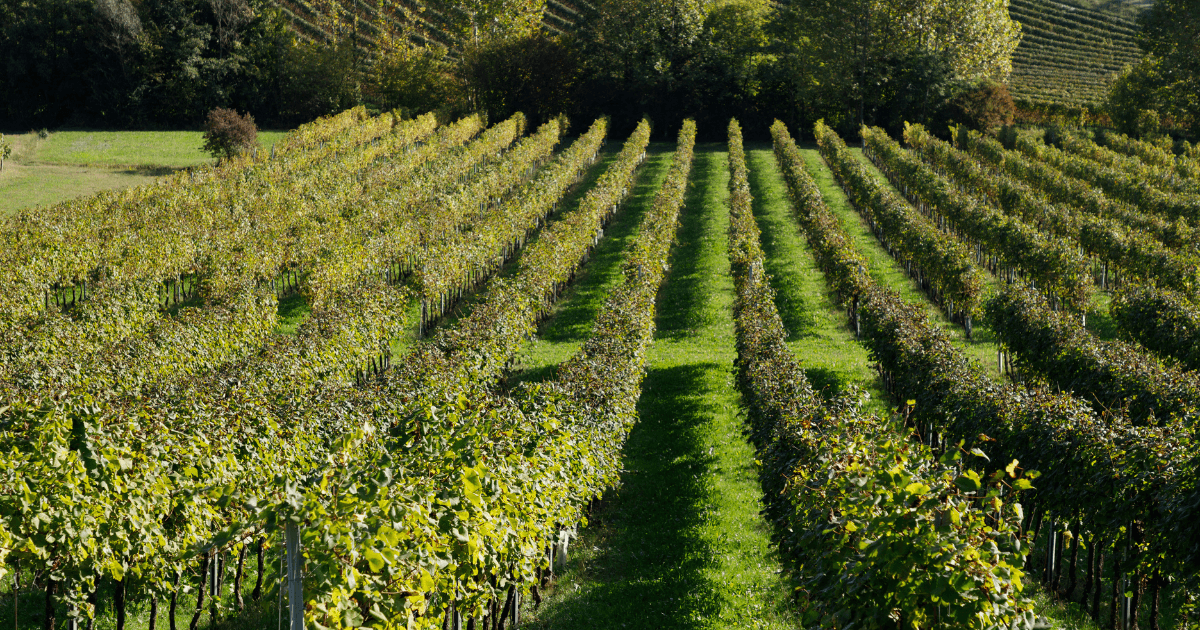
Often called Italy’s best-kept secret, Franciacorta in Lombardy is the country’s answer to Champagne. It uses the Metodo Classico, identical to the traditional French method, yet creates something unmistakably Italian.
Grapes like Chardonnay, Pinot Nero, and Pinot Bianco thrive here, producing wines known for their creamy texture and refined structure. Strict DOCG regulations ensure quality—from grape harvest to bottle aging.
Franciacorta also has a strong sustainability commitment, with many producers practicing organic or biodynamic viticulture.
Franciacorta may not have Champagne’s fame, but it often outshines it in blind tastings. Its prestige bottlings—Satèn (a softer, Blanc de Blancs style) and Riserva (long-aged)—offer sublime complexity.
Prosecco (Italy): The World’s Best-Selling Bubbly
Lively, floral, and irresistibly drinkable, Prosecco has become a global icon. But there’s more to it than meets the flute. Made primarily from the Glera grape, Prosecco hails from the Veneto and Friuli Venezia Giulia regions. The best examples come from the Conegliano Valdobbiadene DOCG area, where hillside vineyards bask in ideal growing conditions.
Using the Charmat method, Prosecco captures freshness and aromatics. Think green apple, pear, acacia blossoms. It’s perfect for parties—and for cocktails like the iconic Aperol Spritz.
Don’t miss the lesser-known Prosecco Col Fondo—a bottle-fermented, unfiltered style that harks back to the region’s winemaking roots.
Cava (Spain): Sparkle from Catalonia
Spain’s answer to Champagne, Cava is produced mainly in Penedès, using the traditional method. The grapes are native: Macabeo, Xarel·lo, and Parellada, occasionally joined by Chardonnay. The result is a dry, zesty wine with almond and citrus notes.
Cava isn’t just delicious—it’s also progressive. An increasing number of producers are turning to organic and biodynamic farming. And for the highest expression, look for Cava de Paraje Calificado, a category that represents single-vineyard excellence.
Cava offers incredible value for the price—and its Reserva and Gran Reserva bottlings rival far pricier sparkling wines in complexity and aging potential.
Sekt (Germany & Austria): Europe’s Underrated Bubbly
Sekt may be less known globally, but in Germany and Austria, it’s quietly undergone a renaissance. In Germany, Riesling Sekt brings laser-focused acidity and notes of peach and lime. In Austria, Grüner Veltliner and Pinot Blanc form the core of bright, peppery sparklers.
Look for bottles labeled Winzersekt—these are grower-produced and often made using the traditional method. The quality leap in recent years makes Sekt a smart pick for connoisseurs.
Sekt is evolving quickly. Premium producers now age their wines on lees for extended periods, adding depth and texture. And some are even experimenting with single-vineyard expressions.
English Sparkling Wine: Cool Climate, World-Class Quality
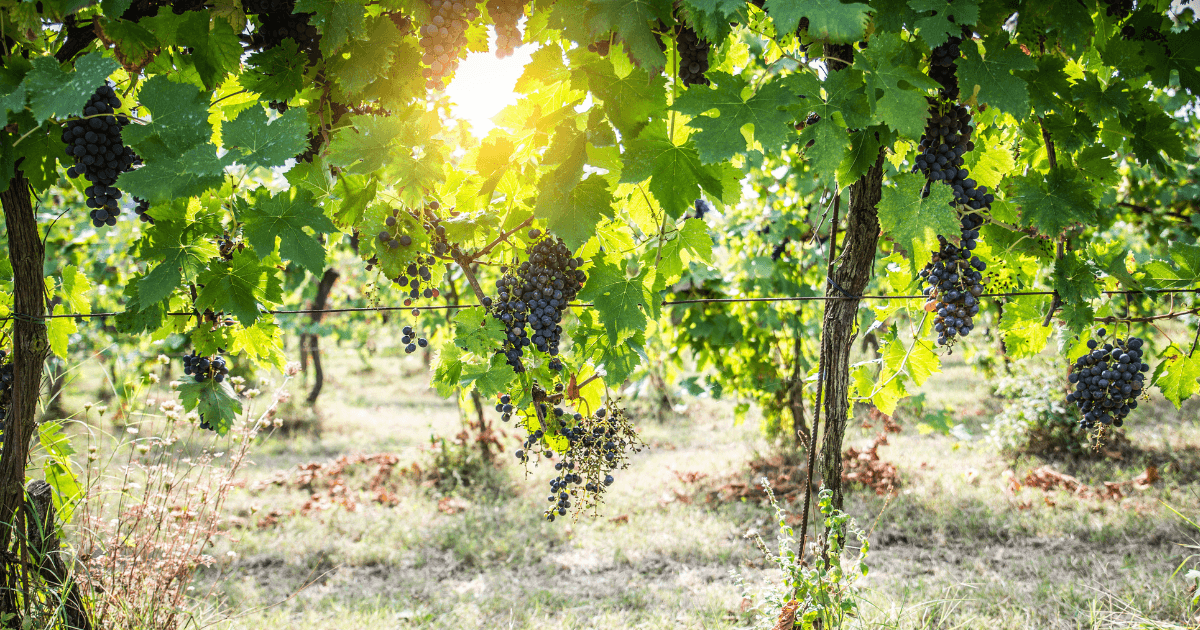
Yes, England. Once an underdog, now a champion. Thanks to Sussex, Kent, and Cornwall—with their chalky soils and cool climate—England has become a haven for traditional-method sparkling wine.
Chardonnay, Pinot Noir, and Pinot Meunier reign, with producers like Nyetimber, Gusbourne, and Ridgeview leading the charge. The wines are crisp, citrus-driven, and surprisingly age-worthy.
British sparklers have earned top accolades at global competitions, beating some of Champagne’s biggest names in blind tastings. As global warming nudges Champagne northward, England’s future is looking even brighter.
California Sparkling Wine: Sunshine Meets Tradition
Across the Atlantic, California combines Old World methods with New World sunshine. Napa, Sonoma, and Carneros offer ideal conditions for Chardonnay and Pinot Noir, especially in fog-kissed valleys.
French houses like Taittinger (Domaine Carneros) and Moët & Chandon (Domaine Chandon) have brought their expertise, but California has forged its own style—more fruit-forward, lush, and expressive.
Smaller artisanal producers like Iron Horse and Schramsberg offer vintage-dated traditional method sparklers that are widely respected. Whether it’s for a wedding toast or a Tuesday night treat, California sparkling wine has a bottle for every moment.
Tasmania (Australia): Cool Climate Elegance
This remote island state may surprise you, but Tasmania has become a sparkling wine gem. The Tamar Valley and Pipers River regions grow Chardonnay and Pinot Noir with high acidity and aromatic clarity. The wines are zippy, citrusy, and show incredible finesse.
Tasmania’s clean air, long ripening season, and pristine environment create a purity in its wines that’s hard to replicate. Top producers include House of Arras, known for long-aged vintage sparklers, and Jansz, with its signature elegance and freshness.
South Africa’s Cap Classique: Vibrant and Affordable Luxury
South Africa’s sparkling wines—labeled Méthode Cap Classique (MCC)—offer elegance at approachable prices. Using Chardonnay, Pinot Noir, and Chenin Blanc, MCC wines are crafted via the traditional method and aged to develop richness and structure.
Stellenbosch and Franschhoek are at the heart of this movement, with producers focusing on sustainability and innovation. Wineries like Graham Beck and Simonsig have been at the forefront of Cap Classique, producing sparklers that rival much more expensive European options.
Emerging Sparkling Wine Regions to Watch
- Brazil (Serra Gaúcha): Tropical terroir meets European methods, producing juicy, aromatic wines with French finesse.
- Canada (Niagara & Okanagan): High-latitude freshness and growing technical expertise are driving sparkling innovation.
- Japan (Yamanashi & Nagano): Sparkling Koshu wines and unexpected hybrids are making waves in domestic and export markets.
- New Zealand (Marlborough): Known for Sauvignon Blanc, but the sparkling blends here rival top global players.
- Portugal (Bairrada): Baga grape brings tannin and intrigue to sparkling wine in Portugal’s coastal zone.
How to Experience These Regions Without Leaving Home
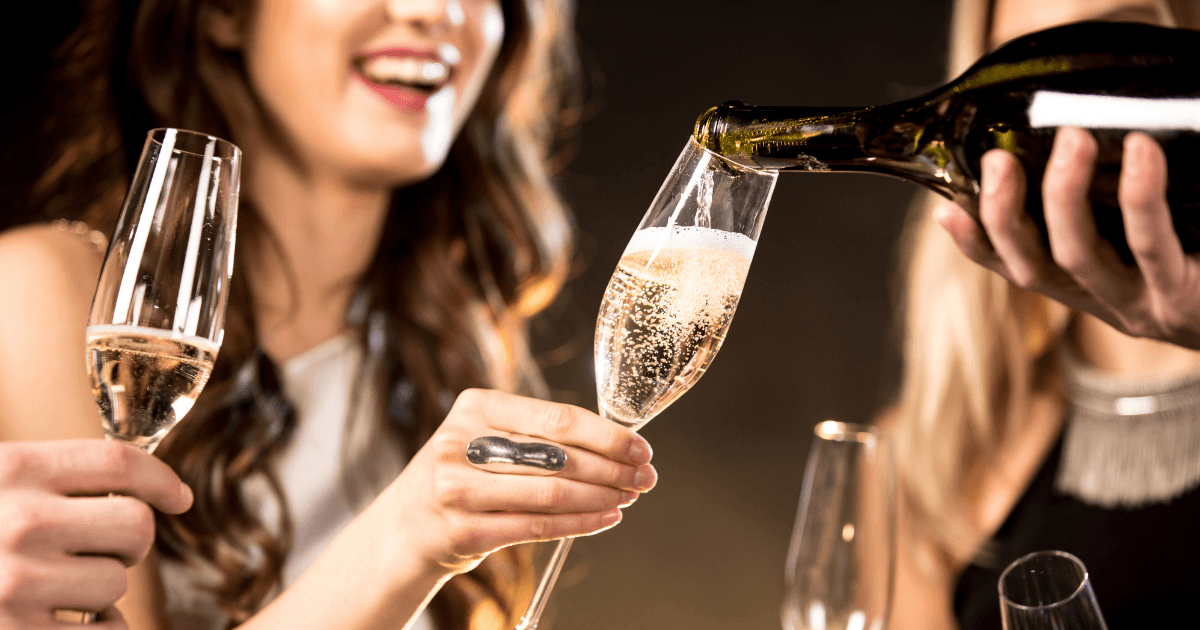
You don’t need a passport to taste the world’s finest bubbles. Start by using a tulip glass—it captures the aroma and maintains effervescence better than the traditional flute. Temperature matters too: store your bottles at 50–55°F and serve them slightly cooler, between 45–48°F, to unlock their full aromatic range.
Want to explore regional character at home? Try pairing Champagne with oysters for briny elegance, or contrast English sparkling with aged cheddar for something bold and British. For a memorable experience, offer a sparkling flight: a Brut Nature Cava, a creamy Franciacorta, and a fruit-forward California sparkler can take your guests around the globe in just a few sips.
Global Sparkling Wine: Final Reflections and Celebratory Insights
There’s no single definition of excellence in sparkling wine. Each region has carved its own identity through climate, culture, and craftsmanship. From the iconic cellars of Reims to the wind-swept hills of Tasmania, sparkling wine connects us to places and people in a way few beverages can.
At California Champagne Sabers, we’ve spent years immersed in the rituals that make sparkling wine unforgettable. Whether you’re uncorking a vintage Champagne or a vibrant Cap Classique, we believe every bottle deserves to be opened with drama, elegance, and joy. That’s why we offer sabers that honor the legacy of sparkling wine—because the opening should be as celebratory as the sip.
